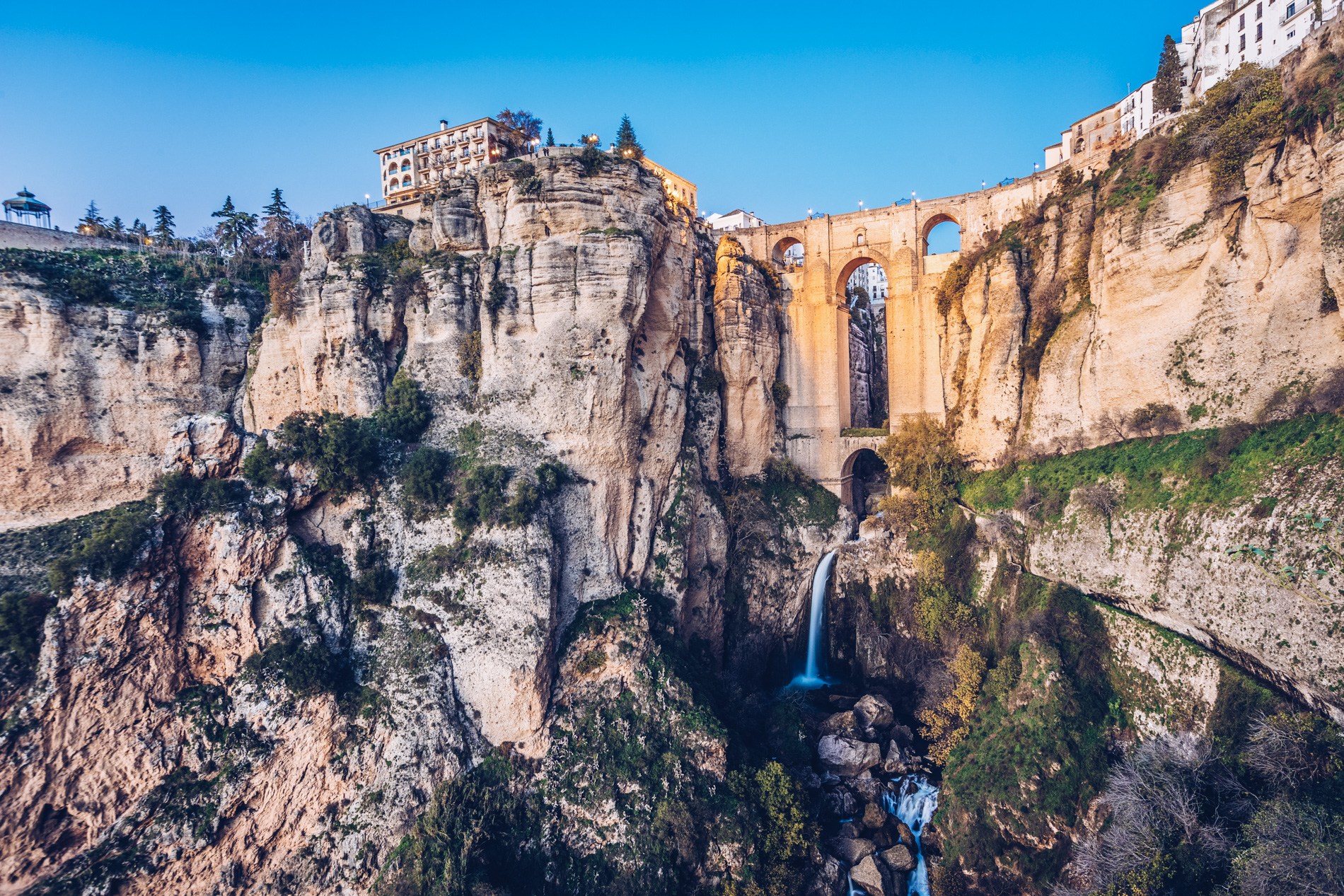From the very beginning, humans have wanted to explore beyond their environs, to venture into the unknown. Bridges became the gateway to other lands. Suddenly, people could cross large masses of water, reducing the distances and dangers of traveling. The first bridges were probably accidents of nature, but bridges were first mentioned in the Indian epic, the “Ramayana.” In Europe, the Romans, with their advanced knowledge of engineering, built bridges all over their empire, some of which still stand today.
Bridges are more than just a way of crossing from one place to another, they symbolize unity, friendship and adventure. We want to pay tribute to these sturdy monuments that have been making our lives easier for centuries by selecting the best bridges to visit in Europe. Discover what makes them unique, where to find them and how to make the most of your trip. It’s time to bridge the gap!
Chapel Bridge—Lucerne, Switzerland
Built nearly 700 years ago as a fortification, the Chapel Bridge in Lucerne, Switzerland, is the oldest timber bridge in Europe, and despite having suffered a massive fire in 1993, it reopened just a year later. It covers the Reuss River, connecting the new town of Lucerne with the medieval old town or Rathausquai.
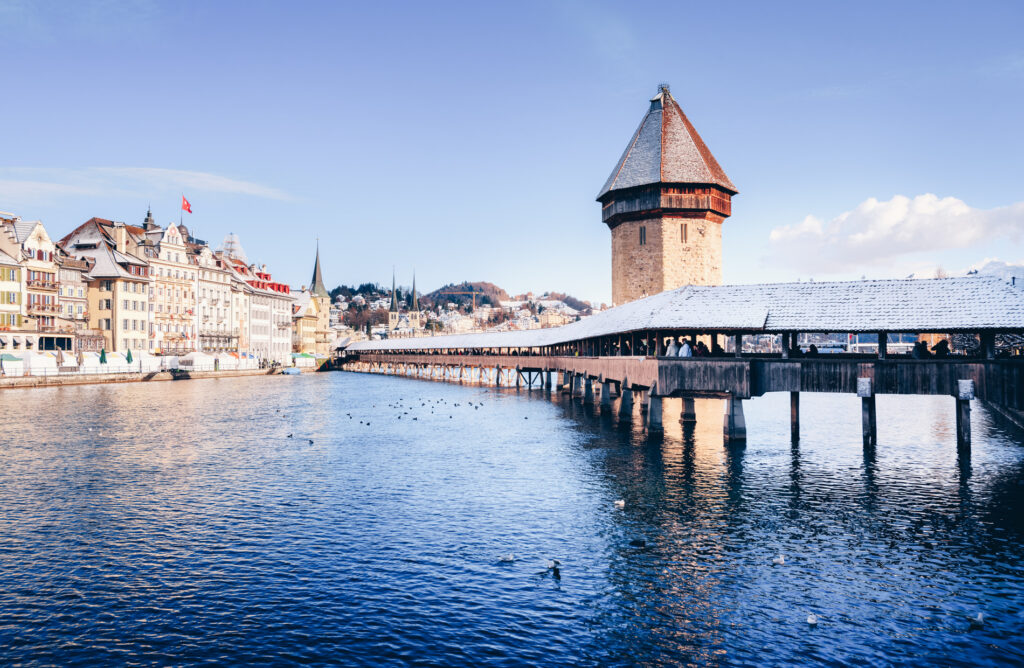
If you walk inside the bridge, you’ll be able to contemplate the 17th-century murals of Renward Cysat, the town chronicler. A century later, in 1726, locals appointed a watchman to protect the paintings from vandalizing youths. Kids those days! The bridge comes with its own water tower, built 30 years earlier to house an archive and prison. Look on the rooftop of this octagonal structure and you might spy the Alpine swifts who have made it their home for decades.

Merchant’s Bridge—Erfurt, Germany
The Krämerbrücke, as it’s called in German, is the longest inhabited bridge in Europe, and it’s truly a sight to behold. Initially wooden, it was later reinforced with stone in 1325, back when Erfurt was a vibrant commercial metropolis in the Middle Ages. It connects the Old Town, with its Neogothic Town Hall, Renaissance buildings and green spaces with the imposing 108-foot Ägidienkirche in the east.

Cross the bridge and you’ll find it lined up with galleries, cafés and boutiques where you can purchase original and local crafts, such as blue Thuringian textiles or handblown glassware. The bridge is part of the Via Regia, an ancient military and commercial route.
Puente Nuevo—Ronda, Spain
The Puente Nuevo in Ronda, Spain, is a gorgeous reconstruction of an earlier bridge that collapsed in 1741, killing 50 people. Luckily, the 18th-century engineers, led by architect José Martín de Aldehuela, learned from their predecessors’ mistakes and crafted a bridge with a smaller arch that wouldn’t collapse as easily. Legend has it that de Aldehuela jumped off the bridge when he realized he would never be able to build something as beautiful ever again.

What makes the bridge so striking is the way it seems to melt into the cliff walls over the narrow El Tajo gorge. The bridge spans 229 feet and stands 321 feet high over the Guadalevín river (Wadi-al-Labaiem or “Milk River” in Arabic), connecting the Old Town with Ronda’s more modern center. It has inspired writers and singers including Ernest Hemingway who featured the bridge in “For Whom the Bell Tolls” and is one of the most instagrammable parts of the fabled white town.
UFO Bridge—Bratislava, Slovakia
The multi-monikered Novy Most (New Bridge), SNP Most (Bridge of the Slovak National Uprising) and UFO Bridge is the seventh-largest hanging bridge in the world. Despite its futuristic look, the bridge was built in 1972 to add a second crossing of the Danube, and connects the Old Town with Petrzalka, the city’s largest residential district. The bridge boasts a 311-foot tall tower with an iconic UFO-shaped cupola—think something out of a 1950s sci-fi film—that rivals Bratislava Castle in visitors.
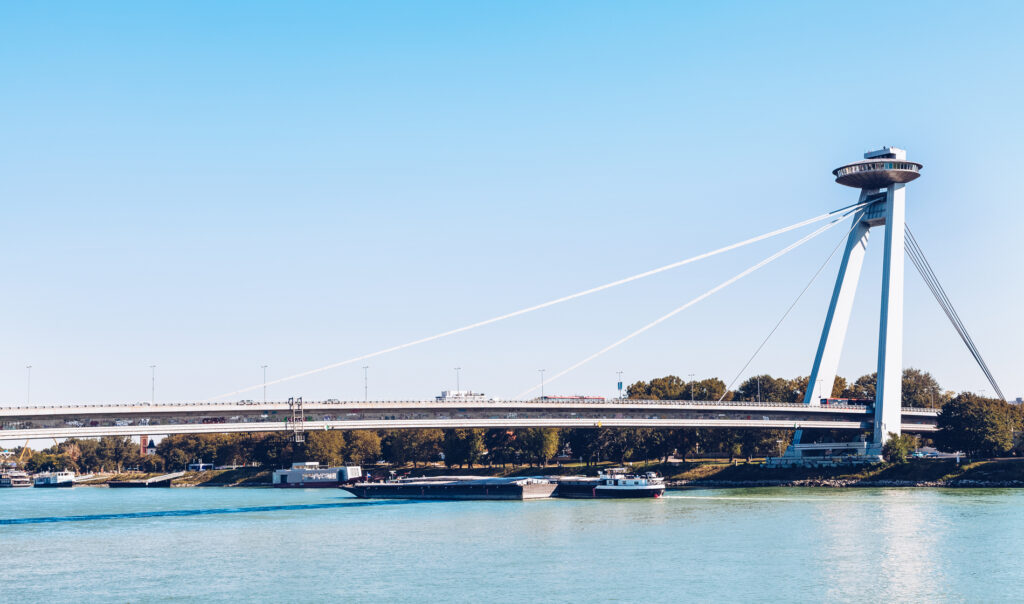
Head to the elevator situated in one of the tower’s “legs” and travel to the observation deck in only 45 seconds. You’ll be rewarded with unsurpassed views of the Austrian Alps, as well as a place to order libations. It’s the closest thing to having a drink in space!
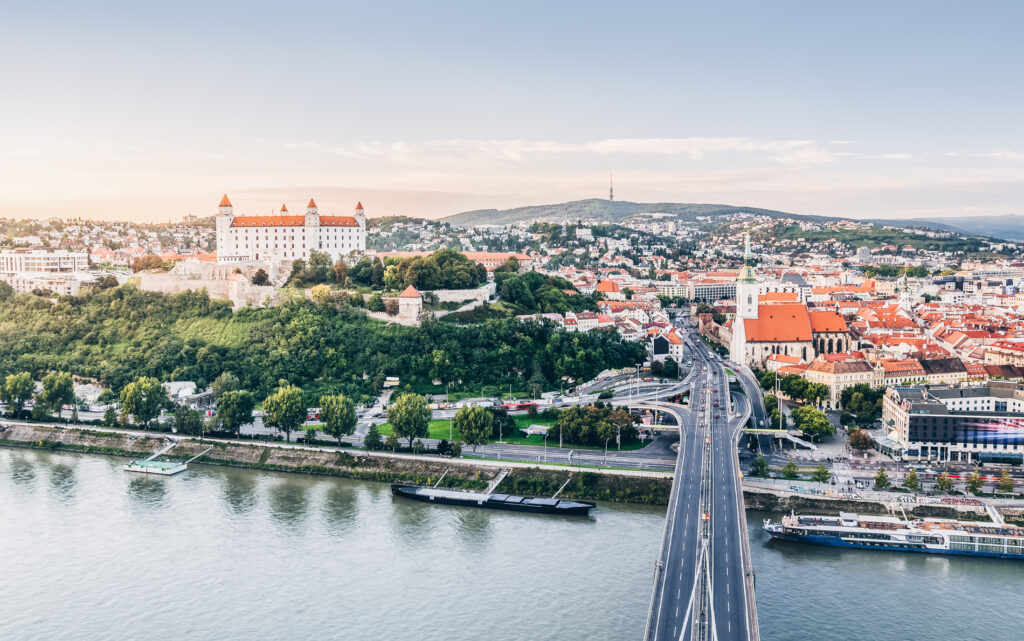
Millau Viaduct—Aveyron, France
The Millau Viaduct in France is a modern marvel of engineering as it’s the world’s tallest bridge. Reaching more than 1,100 feet in height with a length of 8.070 feet, it seems miraculous that it only touches the ground in nine places. Engineer Michel Virlogeux and famed British architect Norman Foster wanted to build something that would seamlessly meld into nature, and the result is a very thin roadway that looks like a huge yacht. The bridge is on the A75 motorway, also known as La Méridienne, a route that connects Paris with the Mediterranean coast of France.
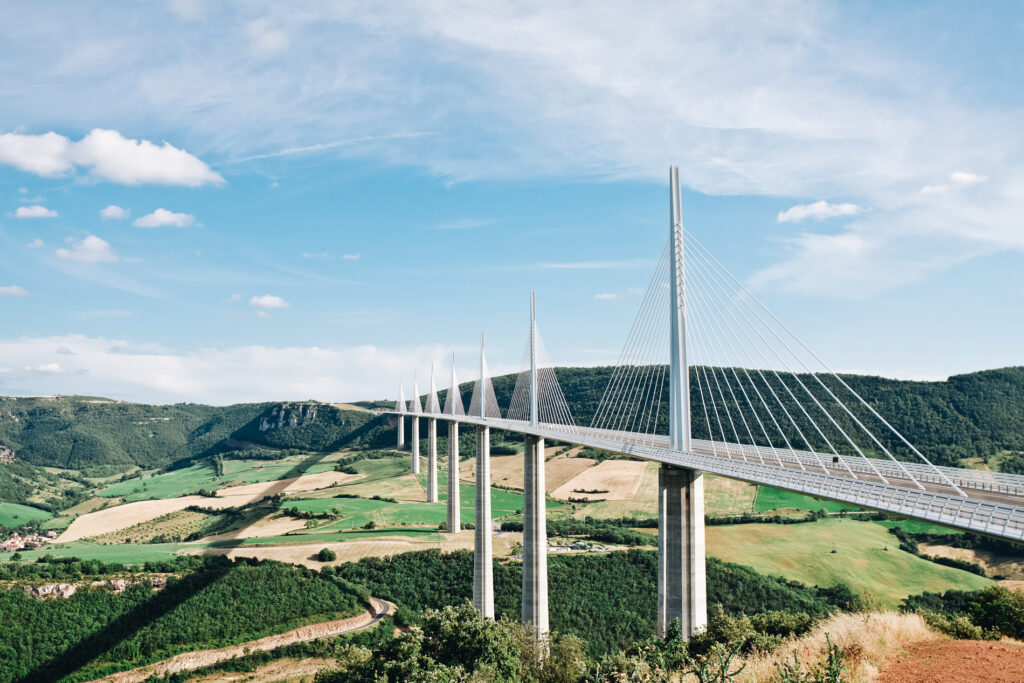
Crossing the Tarn Valley, the bridge is surrounded by charming villages and towns worth visiting, such as Peyre, which is one the most beautiful villages in France, and Millau, an outdoor sports mecca. But the best spot to admire the viaduct is at Ferme Caussenarde at the closest service area. This former farm has a tourist information center and onsite museum. Don’t miss Michelin-starred chef Michel Bras’ capucins at Espace Gourmand Capucin, which overlooks the viaduct.
